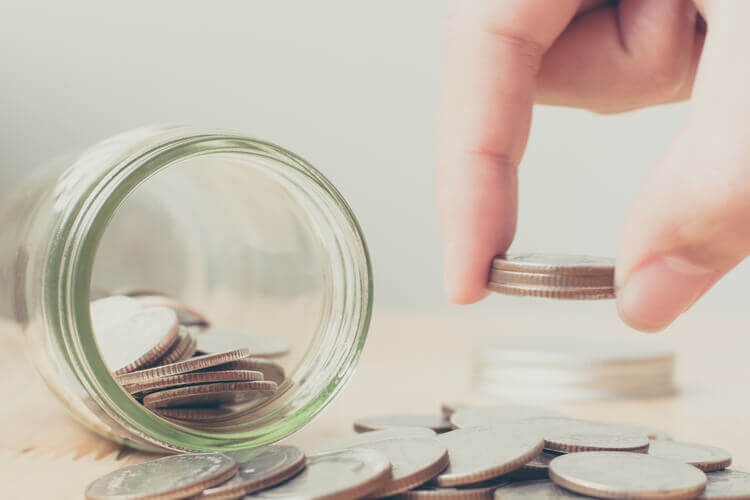
Building a Better Emergency Fund
If there’s one truth in the universe it’s that life is unpredictable, and often in a way that’s not very fun. Whether it’s suddenly losing your job, getting hit by a car, or your roof falling in, emergencies happen. And while it’s impossible to predict how and when they happen, it’s entirely possible to predict that they will happen.
Are we just at the mercy of emergencies then? Our only option to take out fast loans when they’re sprung on us? Of course not. The best way to prepare yourself for emergencies is with an emergency fund. Essentially it’s just a dedicated bank account which you contribute a little to each month and save for a rainy day.
How do you build the best emergency fund though? How do you make it work for you? That’s what we’re here to answer today.
Estimate How Much You’ll Need
While as we talked about above it’s impossible to predict specific emergencies, it’s entirely possible to predict them, and their cost, on a macro scale. The best way to find that number is to look through your bank account and create a list of emergencies in the past ten years. From there you can add the numbers up into a total, and then divide it by ten. The resulting number is how much you should have in your emergency fund on a yearly basis.
Another way of estimating how much you’ll need in an emergency fund is to take stock of your situation and list out how much aspect would cost to fix. For example, if you have a car, you know it’ll inevitably begin to break down and need repairs, so you can’t estimate how much an average car repair would cost, and then make sure you have that as part of your emergency fund.
This method is a little more complicated than the one above, and requires more proactivity than it, but can also be potentially more accurate so you won’t also have to resort to taking out supplemental fast loans.
Budget How Much You Can Contribute
Now that you have the number of ideally how much your emergency fund should hold, it’s time to find out how much you can actually reasonably contribute on a monthly basis. After all, there’s no point in creating an emergency fund if you’re only going to go into debt doing it. Any financial benefit you’d get from an emergency fund is immediately outpaced by the even moderate interest rate of credit cards or other fast loans.
To find the number that works for your financial situation, you’ll have to do a little more budgeting: find out your income, your expenses, and your surplus income each month. That last number will be what you can safely commit to contributing to your emergency fund each month. Once your emergency fund has hit the target number you’re looking for, you can ease back and contribute less until it gets cleared out by an emergency, after which point you’ll need to fill it back up again at the same rate.
Don’t Let it Get In the Way of Prevention
One of the most common mistakes people make with emergency funds is that they get so focused on the goal of raising its number that they forget what the point of it is: to make emergencies easier. One of the most common and damaging ways this can manifest is by neglecting emergency prevention to instead put money in your emergency fund so you can avoid fast loans.
The easiest way to illustrate this is with an example. Let’s say that in your zeal to keep pace and fill your emergency fund, you skip your regular dental cleanings at the dentists. You do this several times until you begin to feel a toothache. When you do eventually go to the dentist, they tell you you have a cavity. No problem, you think, aren’t I smart for having an emergency fund.

But the truth is that if you had just spent the money, even if it meant not putting that money in your emergency fund, on regular dental cleanings you would never have gotten a cavity. And the cost of those dental cleanings all added together would be half of what you spent on getting your cavity filled.
This principle applies not to just tooth health, but to your life as a whole. The truth is that as the idiom goes, a penny of prevention is worth a pound of cure, and that’s true even when it comes to your emergency fund.
To learn more about handling emergency expenses, read our other financial emergency articles.
Note: The content provided in this article is only for informational purposes, and you should contact your financial advisor about your specific financial situation.